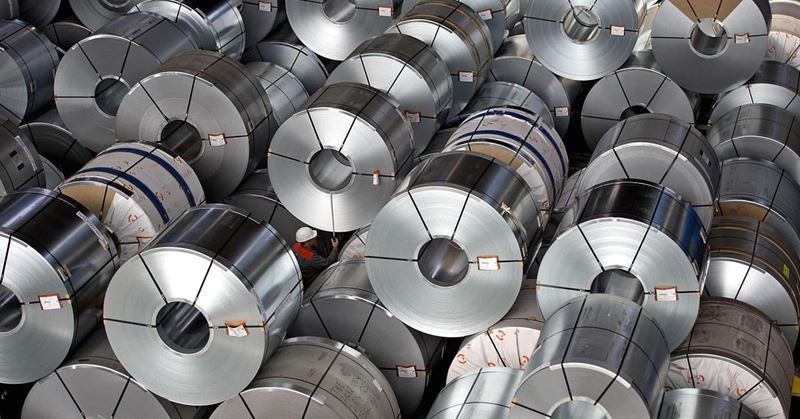Tehrani highlighted the importance of these two indices in understanding the impact of China’s production and consumption markets on commodities.
Tehrani stated that small increases were observed in China’s CPI and PPI data for October. Accordingly, CPI rose by approximately 0.1% and PPI by around 0.2%. “Although there is a slight decrease compared to October of last year, a small increase was recorded compared to September,” he said. He noted that while large fluctuations had been seen in PPI in previous years, CPI fluctuations remained limited.
The analyst emphasized that fluctuations in PPI reflect the volatility of producer prices, while the low fluctuation in CPI limits the economic pressure on consumers. He stressed that this situation reflects the relative stability of the Chinese economy.
Jafari Tehrani also touched on China’s recent economic outlook. He said that declines had been observed in steel, coke, and coal prices in recent weeks, caused by the Chinese government's tightening of production controls and especially its efforts to regulate coal consumption for steel mills. However, he noted fluctuations in iron ore prices, mainly due to increased port inventories resulting from shipments from Australia, Brazil, and Canada.
According to the analyst, arbitrage continues among the Shanghai (SHFE), London (LME), and New York (COMEX) exchanges. He stated that Chinese copper prices are trading below those of LME and COMEX, and that in the last two months of the year, the gap is expected to narrow and prices are expected to recover. He added that this could boost Iran’s exports, as China is an important market for Iranian products.
Jafari Tehrani emphasized that about 8% of steel production in China is under state control, and that the government regulates production and the market. He underlined that production and domestic consumption data will need to be closely monitored in the coming days.








Comments
No comment yet.